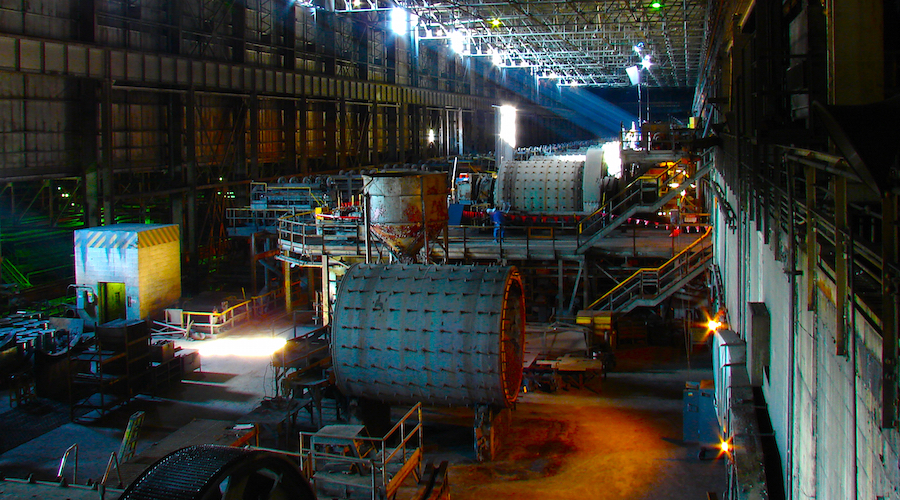
The company behind Minnesota’s first copper-nickel mine is putting its shoulder to the wheel of a project that has been over a decade in the making.
On Friday Polymet Mining (TSX:POM, NYSE:PLM) announced it has applied for a permit to mine copper, nickel and precious metals at a site in northern Minnesota known as The Duluth Complex – a rich vein of minerals stretching from about 150 miles north of Duluth to the Canadian border.
While that in itself does not appear to be particularly newsworthy, the permit application follows a significant milestone for Polymet back in March, when the state’s Department of Natural Resources approved a complex environmental analysis of the project. MPR News reports the Environmental Impact Statement generated over 50,000 comments, with hundreds of Minnesotans showing up at several public hearings organized to get public input into the project.
The environmental approval meant that Polymet could begin applying for permits. The 15,000-page Permit to Mine is the first of over 20 permits Polymet needs in order to open the mine. The others include air quality, water quality and wetlands, according to MPR. Environmental concerns centre around the potential to destroy around 900 acres of wetlands in an area that is part of the Superior National Forest. Polymet is currently negotiating a land exchange with the U.S. Forest Service whereby 1,600 acres of wetlands would be either created or restored elsewhere to make up for the wetlands lost to the mine.
The company plans to meet state and federal water quality standards by installing a wastewater treatment plant at the mine that employs reverse osmosis technology.
PolyMet says the NorthMet Project will annually produce 72 million pounds of copper, 15.4 million pounds of nickel, 720,000 pounds of cobalt and 106,000 troy ounces of precious metals. The potential mine is sitting on one of the largest copper-nickel deposits in the world.
But it’s been a long slog for PolyMet to convince government officials. According to a report in Associated Press, PolyMet started environmental work in 2004, but its original impact statement got a poor review from the U.S. EPA. “The project was then extensively redesigned to address water quality, waste rock disposal and other concerns. The Department of Natural Resources issued a major revision in 2013 and conducted a public comment process that shaped the final version [of the EIA], which was released [last] November,” according to AP.